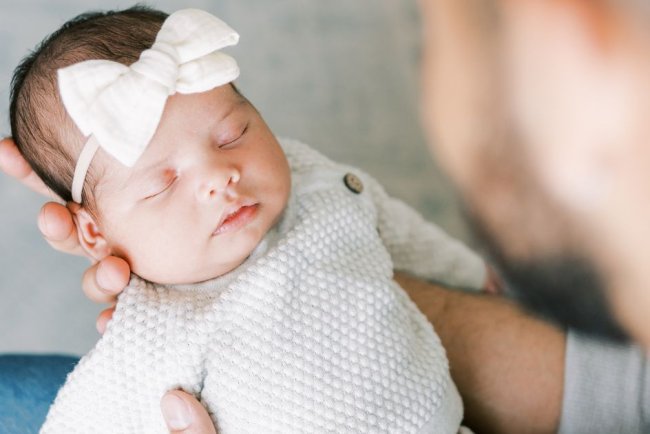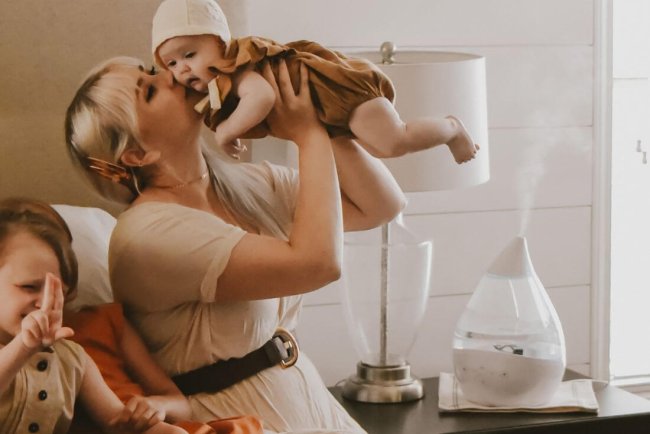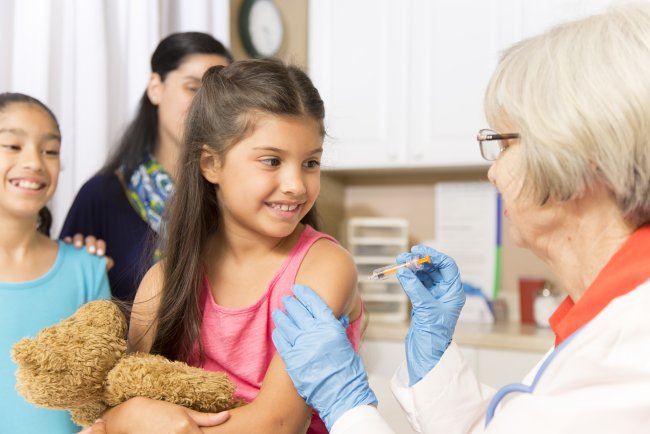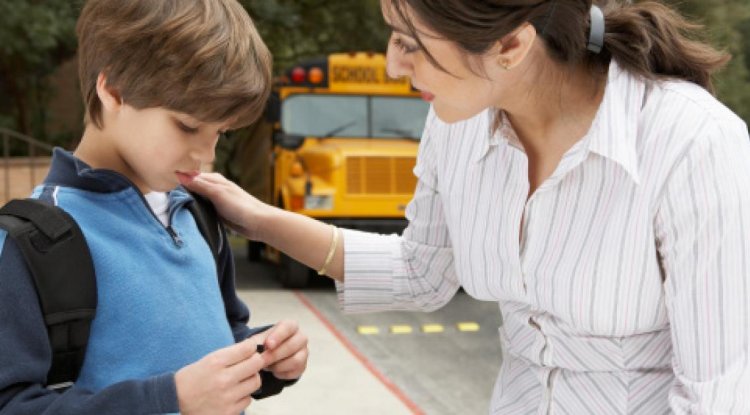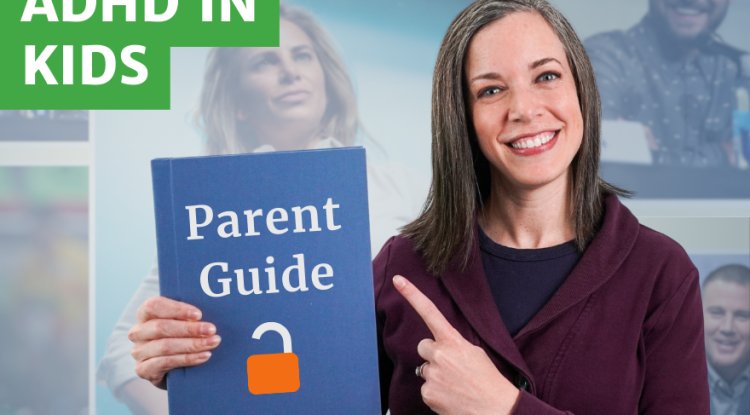How to Know if Your Child Needs Glasses
“The one that we really worry about the most is amblyopia,” says Heather Cimino, MD, OD, an optometrist specializing in general pediatric optometry at both Cleveland Clinic, Ohio, and at Vision First, a program dedicated to detecting eye diseases in young children in the Cleveland area. “So if one eye from birth, or from really early childhood, is seeing so much better than another eye, the brain will slowly start to ignore the eye that isn't seeing as well.”
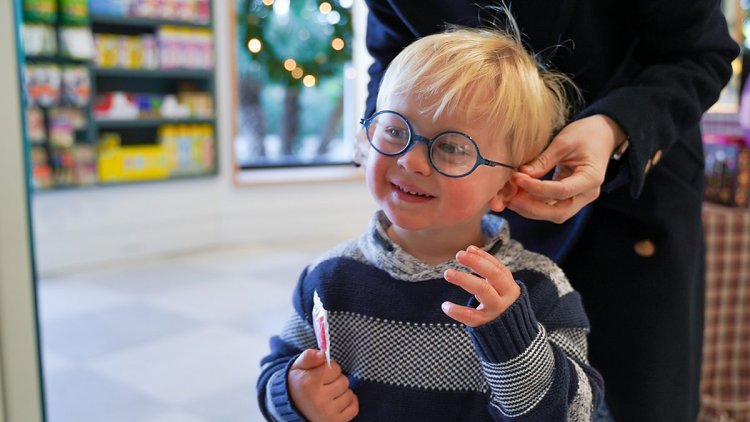
While amblyopia in children can often be corrected with glasses, treatment is more effective in younger children, as some studies indicate that it can be difficult to make a full correction after the age of 7.“Once you get to approximately age 12, if a child has amblyopia and it hasn't been treated, the possibility of curing it fully is very, very low,” says Dr. Cimino.4Therefore, amblyopia is the most treatable, but it must be detected early.
Refractive errors like myopia, often called near-sightedness, and hyperopia, more frequently known as farsightedness, are examples of other prevalent visual impairments. While myopia makes it difficult to perceive distant objects, hyperopia makes close-up objects appear hazy or out of focus.
Despite the fact that myopia frequently runs in families, the prevalence of myopia in children is continuously increasing, and experts believe this may be related to children spending more time in front of screens overall.
“In my practice I’ve seen an increase in kids that need glasses because they're getting more near-sighted because of all the near work [they’re doing], and also just eyestrain from
Strabismus is another common vision condition in youngsters and is categorized as the misalignment of the eyes, resulting in the eyes not always pointing in the same direction. Amblyopia, extreme hyperopia, or specific medical disorders may be the cause of this. Although the symptoms of strabismus are fairly simple to recognize, not all eye illnesses are, therefore it is critical to understand the warning signs of vision issues in children.
Signs Your Child May Need Glasses: Why Experts Suggest Parents Should Limit Their Children's Screen Time
For a variety of reasons, children may find it difficult to communicate to their parents that they are having vision problems. They might be too young, for instance, or they might believe that their poor vision is typical. Fortunately, parents can watch for certain indicators instead.
Getting Behind in School
A child's academic success can be significantly impacted by any vision problem.
According to Dr. Hariharan, "a child's inability to see what is going on around them may be the reason they start acting out, behave badly, or perform poorly in school." "I have witnessed these youngsters completely improve their conduct and development—just by buying them glasses."
Convergence insufficiency, a disorder that impairs the capacity to focus on close-up objects, may be the cause of a child's difficulty concentrating and reluctance to focus on near-tasks like reading and writing.
Ancestry
Genetics often determines whether your child will need glasses. Myopia, hyperopia, and amblyopia are among the conditions that run in families since they are all inherited.
"It is worth looking at since the chances of there being [an eyesight issue] are fairly good if there is a family history, if both parents, or even just one parent, wore spectacles as children.
Eyes Are not Following Each Other
However, eyes that are not aligned beyond about six months of age may indicate strabismus or amblyopia.6 When your child grows fatigued, you could notice that this misalignment gets worse.
Even if your child's eyes seem to be working well together, amblyopia may still be present, therefore it is crucial to have their eyesight checked on a frequent basis. "[The eyes] appear aligned most of the time," says Cimino. The child appears to be doing well. Because the stronger eye is picking up the slack, they are learning their letters and completing their assignments.
Unusual Positioning Near an Item
It is possible that your child has myopia, which makes it difficult for them to focus on distant objects, if they have a habit of holding a book an inch from their nose. "That could be an indication [of a problem] if they do approach the television and stand extremely close, and they do not want to be pushed back," Dr. Cimino explains.
Unwilling to Concentrate on Near-Tasks
Convergence insufficiency and hyperopia both cause near-objects to appear blurry, thus a youngster who is unwilling to read books, look at images, or concentrate on other near-tasks may be exhibiting symptoms of either condition. As Dr. Cimino explains, "if a parent observes a persistent reluctance to near duties, it could potentially be an indication of something going on."
Squinting
When your toddler tries to focus on something, you may have seen them squint and wrinkle their nose. Squinting may be a coping strategy for refractive problems like myopia and hyperopia since it momentarily alters the structure of the eye.
"Telltale indicators that there might be some form of vision issue include a child squinting to see things, holding objects near to them, blinking, scratching their eyes, or turning their eyes in or out," explains Dr. Hariharan.
Regular Headaches
Asthenopia, or eye strain, can be caused by spending too much time staring at screens for educational, recreational, or social purposes. In addition to causing regular headaches, eye strain can make children's eyes feel dry or exhausted.
According to Dr. Hariharan, "children are focusing on [close up chores] a lot because of technology." "We should not spend hours at a time concentrating on [close-up work], as that can lead to headaches and eye strain."
Dr. Luxe advises taking a 20-minute screen break, staring at an object 20 feet away, and blinking 20 times because eye strain usually goes away after you give your eyes a breather. However, it is crucial to follow up on any complaints of recurrent headaches with an eye test because they are also a common indication of hyperopia (farsightedness), myopia (nearsightedness), and convergence insufficiency.
"Telltale indicators that there might be some form of vision issue include a child squinting to see things, holding objects near to them, blinking, scratching their eyes, or turning their eyes in or out," explains Dr. Hariharan.
Regular Headaches
Asthenopia, or eye strain, can be caused by spending too much time staring at screens for educational, recreational, or social purposes.8 In addition to causing regular headaches, eye strain can make children's eyes feel dry or exhausted.
According to Dr. Hariharan, "children are focusing on [close up chores] a lot because of technology." "We should not spend hours at a time concentrating on [close-up work], as that can lead to headaches and eye strain."
Dr. Luxe advises taking a 20-minute screen break, staring on an object 20 feet away, and blinking 20 times because eye strain usually goes away after you give your eyes a breather. However, it is crucial to follow up on any complaints of recurrent headaches with an eye test because they are also a common indication of hyperopia (farsightedness), myopia (nearsightedness), and convergence insufficiency.
A pediatrician or other qualified medical expert will have examined your child's eyes for early health markers during their first eye exam, which was performed at birth. A follow-up examination is advised by the American Academy of Ophthalmology (AAO) between the ages of 6 and 12 months, again between 12 months and 3 years, and again between 3 and 5.10
A pediatrician or family doctor can perform these checks, but if a more thorough examination is needed, a child will probably be sent to an ophthalmologist.
For the simple reason that sometimes there are no symptoms and there are still vision issues, we always advise that every child have a complete eye exam before entering kindergarten.— Heat Cimino, M.D., Your child can have their first thorough eye exam with a pediatric ophthalmologist or pediatric optician once they become three years old. A more thorough assessment of your child's general eye health is provided during an eye exam. Dr. Cimino says, "We always recommend that every child has a comprehensive eye exam before starting kindergarten, merely because there are situations when there are no indications or symptoms yet there are still visual difficulties."
Although the methods employed by each clinician vary, the purpose of your child's initial thorough eye exam is probably to learn about any eye disorders or diseases that might run in the family. Your kid will be asked to read out letters that they can see more clearly than others if they can read.
According to Dr. Hariharan, a pediatric ophthalmologist or pediatric optometrist will be specially educated to evaluate your child's eyesight through play.
Along with binocular vision, Dr. Cimino says, "we will check the eye muscle, make sure the eyes are working together, and make sure they have stereopsis or depth awareness." Males may also be examined for red and green color deficiencies because they are more prone than females to have color blindness.11 You might be requested to bring your child back within six months to a year, depending on the results of the examination.
The American Optometric Association (AAO) advises screening once every two years after your child enters school.12 Typically, school-based vision interventions are used to accomplish this. However, if you believe your child is showing symptoms of a visual impairment, do not be afraid to seek out a more comprehensive evaluation with an optician or ophthalmologist.
Cimino says, "The earlier we can see these young ones the better."
A Remark From Verywell
The eyesight of your child is valuable. By having children undergo routine vision screenings in compliance with the American Academy of Ophthalmology (AAO) or the American Optometric Association (AOA), you can help shield them from any irreversible vision loss. Either a pediatrician or a family doctor may perform this screening. You might, however, choose to have your child's eyes examined by an optician or pediatric ophthalmologist for a more comprehensive assessment.
What's Your Reaction?







